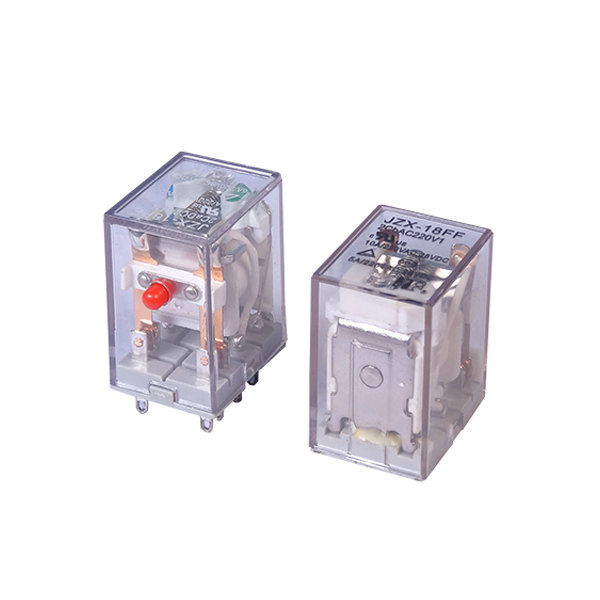Ensuring Safety in the Operation of General Purpose Relays for Heavy Power Switching
2024-04-09
Introduction:
General Purpose Relays for Heavy Power Switching are essential components in electrical systems, allowing for the control and switching of high-power loads. While these relays offer versatility and reliability, it's crucial to prioritize safety when working with them. In this blog, we'll explore some common safety considerations that engineers, technicians, and users should keep in mind when handling General Purpose Relays for Heavy Power Switching.
1. Electrical Isolation:
Before performing any maintenance or installation tasks involving General Purpose Relays for Heavy Power Switching, ensure that the power supply to the relay and associated circuits is safely disconnected. This prevents the risk of electric shock or injury from accidental contact with live electrical components.
2. Proper Grounding:
Ensure that the relay and associated equipment are properly grounded to minimize the risk of electrical faults, arcing, and static discharge. Adequate grounding helps dissipate excess electrical energy and provides a safe path for fault currents to flow, reducing the likelihood of electrical hazards.
3. Insulation and Enclosure:
Check the insulation and enclosure integrity of General Purpose Relays for Heavy Power Switching to prevent exposure to live electrical parts. Ensure that the relay is installed in a suitable enclosure with sufficient protection against dust, moisture, and physical damage. Inspect insulation materials regularly for signs of wear, deterioration, or damage.
4. Overcurrent Protection:
Incorporate appropriate overcurrent protection devices, such as fuses or circuit breakers, to safeguard General Purpose Relays for Heavy Power Switching and downstream equipment from excessive current flows. Properly sized overcurrent protection devices help prevent damage to the relay contacts and mitigate the risk of fire or electrical hazards in the event of a fault.
5. Thermal Management:
Monitor the temperature of General Purpose Relays for Heavy Power Switching during operation to prevent overheating and thermal damage. Ensure adequate ventilation and cooling to dissipate heat generated by the relay and surrounding components. Avoid overloading the relay beyond its rated capacity, as this can lead to excessive heat buildup and premature failure.
6. Proper Installation and Wiring:
Follow manufacturer guidelines and industry best practices when installing and wiring General Purpose Relays for Heavy Power Switching. Use properly rated cables, terminals, and connectors to ensure secure and reliable electrical connections. Avoid routing wires near sources of heat, vibration, or mechanical stress that could compromise the integrity of the wiring.
7. Regular Inspection and Maintenance:
Implement a routine inspection and maintenance schedule for General Purpose Relays for Heavy Power Switching to detect potential issues early and prevent unexpected failures. Check for signs of corrosion, loose connections, overheating, or mechanical wear. Replace worn-out components or damaged relays promptly to maintain safety and reliability.
8. Training and Awareness:
Ensure that personnel involved in the operation, maintenance, and troubleshooting of General Purpose Relays for Heavy Power Switching receive adequate training and instruction on safe practices and procedures. Promote awareness of potential hazards and encourage a safety-conscious work culture to minimize the risk of accidents or injuries.
Conclusion:
Safety is paramount when working with General Purpose Relays for Heavy Power Switching to protect personnel, equipment, and facilities from electrical hazards. By adhering to safety considerations such as electrical isolation, proper grounding, insulation, overcurrent protection, thermal management, installation practices, regular maintenance, and training, stakeholders can mitigate risks and ensure the safe and reliable operation of electrical systems incorporating these relays.



